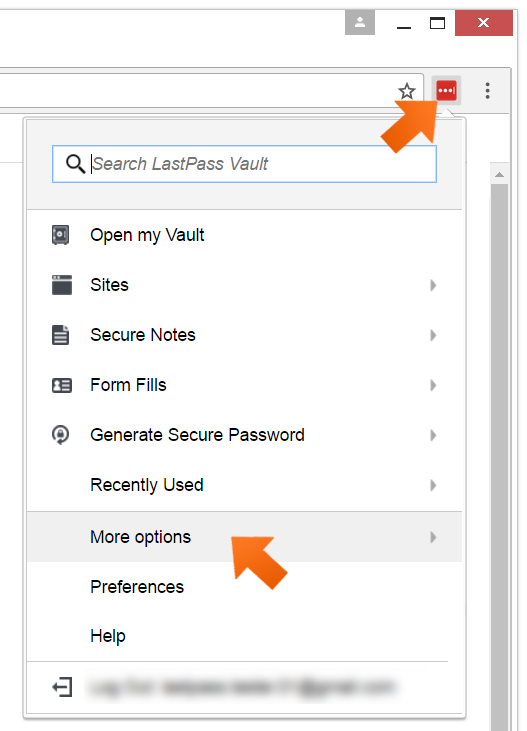
Note: The following commands are case-sensitive. Click on the Start icon and type c:\myperl\portableshell.bat into Search the web and Windows.Ĭlick on Run command.Wait until extraction is complete before moving on to the next step. Type c:\myperl into the Destination path.Ĭlick on Extract.Right-click on the downloaded folder when the download is complete.

Go to *Strawberry Perl**'s website.Ĭlick on the corresponding version compatible with your OS (64bit or 32bit). Double-click on your preferred web browser.If you're not comfortable using Command Prompt, refer to either the Mac guide on switching LastPass to 1Password, or switch services using a CSV file. Windows 7 and 8 users will be fine using this method and the steps will be the same. Note that this method is currently experiencing some problems in Windows 10. The converter's files are now in a folder on your Desktop. Right-click on the convert_to_1p4_1.xx.zip folder.Open your Downloads folder when the download is complete. Visit the AgileBits support forum by following this link.MrC has created this incredibly useful utility on his own time and is offering it for free. The XML file now exists on your computer and awaits conversion using MrC's conversion utility.ĭownload and install MrC's conversion utility As referred above, this is considered "The hard way." Although the process might seem like a trek, keeping your data encrypted at all times is never a bad idea. Your CSV file and password information are now gone for good.Įxport your LastPass data as an encrypted XML file (the hard way)įollow these steps if prefer to keep your LastPass data encrypted during your switch between services. Note: Ensure there's nothing already in the Recycle Bin you want to save. If prompted, click Yes to permanently delete the CSV file. Right-click on the Recycle Bin on your desktop. Open the folder containing the CSV file.To ensure your privacy you must now delete the CSV file.īecause CSV is unencrypted, you should delete the file immediately after importing it into 1Password. Herein rests your password data, safe behind 1Password's walls. Double-click on 1Password on your desktop.Ĭlick on the folder where you saved the CSV file.Ĭlick on your import to see its contents.Steps for deleting the CSV file are found below. You'll want to delete the CSV file immediately following its import into 1Password. Save this file in a local folder rather than in a cloud service or shared folder. If prompted, type in your master password.Double-click on Firefox on your desktop.

If you're uncomfortable doing this, follow these steps to switch from LastPass to 1Password while keeping your data encrypted. The following steps will place all of your LastPass data into decrypted plain text format. *A new version is slated for an August release.Įxport your LastPass data as a decrypted CSV file (the easy way)


 0 kommentar(er)
0 kommentar(er)
